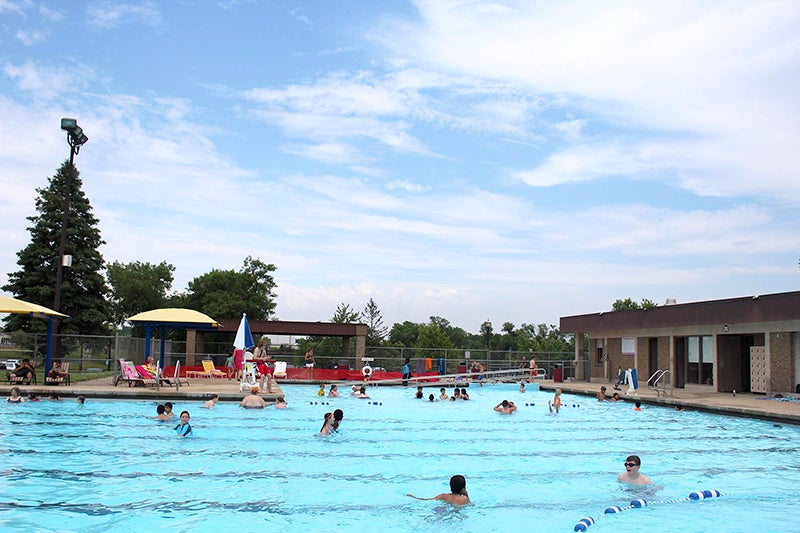City looks at bringing sidewalks into ADA compliance
Published 11:01 am Thursday, June 9, 2016
The Austin City Council listened to a proposed transition plan Monday to bring all sidewalks up to compliance within the Americans with Disabilities Act (ADA).
Public Works Director Steven Lang said title number two under the ADA, enacted in 1990, applies to the city.
“Many of the areas of this act were instituted as part of the local building code, so buildings and things were upgraded,” Lang said. “Now the focus is leaning toward the public infrastructure, the right of way area. So we are bringing forward tonight a proposed plan to evaluate … our intersections for pedestrian access.”
He added the biggest part of this project will be evaluating all of the estimated 2,500 intersections in Austin. He said they would have summer staff start the evaluation process.
The current plan was to replace the sidewalks at intersections as portions of streets are replaced, but the new plan will likely incorporate the standard steps to compliance.
Lang provided photos of sidewalks all in various stages of compliance. One sidewalk had no access ramp while others had ramps that might comply with late 90s standards. Some sidewalks were in compliance with the current standards.
“There’s a great deal of things that from an ADA standpoint that we need to look at and review and determine if it’s compliant,” Lang said.
This will give the various levels of compliance severity ratings. Ramps that are identified as a number one severity level will be fixed first, within five years. Ramps that are identified as a number two severity level will be fixed second, within 10 to 15 years and so on.
Current standards are sidewalks with the red metal or iron truncated dome parts of sidewalks.
“Those are currently what are allowed and considered to be the norm of what is used and there are many different grades and slopes that go along with that to make sure that someone who approaches that area, with say a wheelchair, has the ability to stop,” Lang said.
Lang added the ADA standards look at grades and flat areas where someone can take a wheelchair, spin in a circle and not slide in any direction. There are about five or six different types of pedestrian ramps utilized, he said.
He said the city is required to update the sidewalks by law and it would be good for the city to have a pedestrian access plan in case there was a trip and fall complaint, which Mayor Tom Stiehm said he receives in his mail box.
Lang said it was important to have a plan in place and the council could be as aggressive as it wants to be with replacing ramps.
“It’s a way of putting a plan together to budget for it, from a budgetary standpoint and also if something does happen, we can show them, this is our plan, this is when we plan to replace these and we have this plan in place,” Lang said. “So there’s a concern once you develop a transition plan, once you identify all those non-standard pedestrian ramps throughout the community, you become liable for them.”
Council member Judy Enright asked if the ADA determined aggregate concrete wasn’t as effective as the rubber truncated domes.
Lang said it wasn’t because if someone was blind and has a cane, it would feel very similar to older sidewalk.
“It’s hard to differentiate the difference where now they’ve come up with that red truncated dome, or ours are red, some are yellow, some are gray. That is the texture that is accepted at this time,” he said.
He added the new ductile iron or metal ramps did not wear out easily, especially after plowing them in the winter.
The city would take on the full cost to replace the ramps it was on a state aid roadway, in which case they would be able to use state aid funds.
“We’re not the first ones to do this. Many other communities are going through the same processing,” Lang said.



